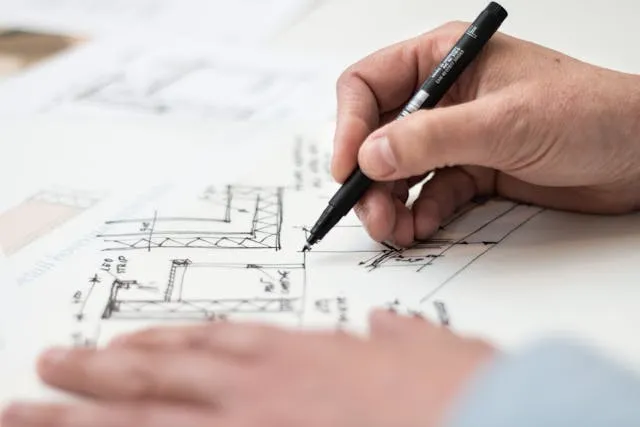Modular buildings are constructed quickly and can be adapted for various needs in many industries. In education, they help raise classroom capacity to match the growing student population. In healthcare, they serve as emergency clinics or diagnostic centers when there is not enough space. Here is how to select the right modular building for your organization:
Also Read: Transforming Content Creation with AI: Video Translate and AI Dance Video Generator
Evaluate Your Requirements
Review your needs for space utilization, capacity, and flexibility to define the present and future requirements for your modular building. Documenting specific requirements, such as advanced security features or compliance with industry standards, before selecting your final application helps make sure the building fulfills your needs.
Decide whether you require a temporary or permanent structure, as this will affect construction and installation procedures. Modular buildings can serve as temporary offices on a worksite or as a long-term expansion option for schools. Their design and structure should be compatible with their intended lifespan. Steel framing may be ideal for long-term use, while lighter materials might better support a temporary setup.
Review Site Conditions
Design and installation are often affected by local building codes and zoning regulations. Codes may restrict building height or where modular units are built in an urban area. Professionals can evaluate your site’s access, drainage, and soil stability. Getting permits to connect utilities like water, electricity, and internet helps reduce delays during modular building installation.
Assess Customization Options
Pick exterior finishes, such as brick cladding or metal panels, that match architectural desires, maintenance requirements, and durability. For storage facilities, select reinforced walls. Buildings with flexible interior layouts might support office environments. Some building designs include bathrooms, kitchenettes, or laboratory spaces.
Thick insulation, advanced HVAC systems, and double-paned windows can help improve occupant comfort and the building’s energy efficiency. Determining where your planned windows will be enables the use of natural daylight, further reducing energy consumption. Make sure that electrical and technological systems accommodate your present needs.
Prepare for Installation
Plan for minimal site disruptions during installation, such as disconnected utilities or limited site access. In large modular designs, specialized transportation logistics, such as wide-load trucks or cranes, may be necessary for assembly. Knowing these requirements upfront helps streamline the installation process and reduce the likelihood of delays.
Plan for Future Flexibility
Designs that can easily be adapted help your company make adjustments as needs change. Some interior walls can be added or removed to create additional offices or convert to open floor plans. Additional modular buildings could be connected to the original as expansions are needed. Set up water and sewer hookup points during the initial installation in case these utilities will be required later.
Evaluate Environmental Impact
Including sustainable materials such as recycled steel or low VOC finishes may help reduce the building’s environmental footprint. Modular construction often employs modern insulation and energy-efficient HVAC systems, reducing operational costs and emissions. Some buildings may be compatible with solar panel installation or smart building technology that supports daily operations.
Check Quality Standards
Pay attention to quality control measures, like material tests and structural assessment, during manufacturing and installation. Structural integrity and reliability are maintained by extending these protocols to transportation and on-site assembly. Construction and management teams should assist with modular building design from concept to completion to make sure the building meets your needs.
Buy Modular Buildings
Modular buildings offer adaptable solutions for industries like education, healthcare, and commercial offices. Project success can be achieved by evaluating space needs, site conditions, and building specifications. If your requirements change, you can expand your building or rent temporary structures. Contact a qualified modular building supplier today to find a solution for your needs.
